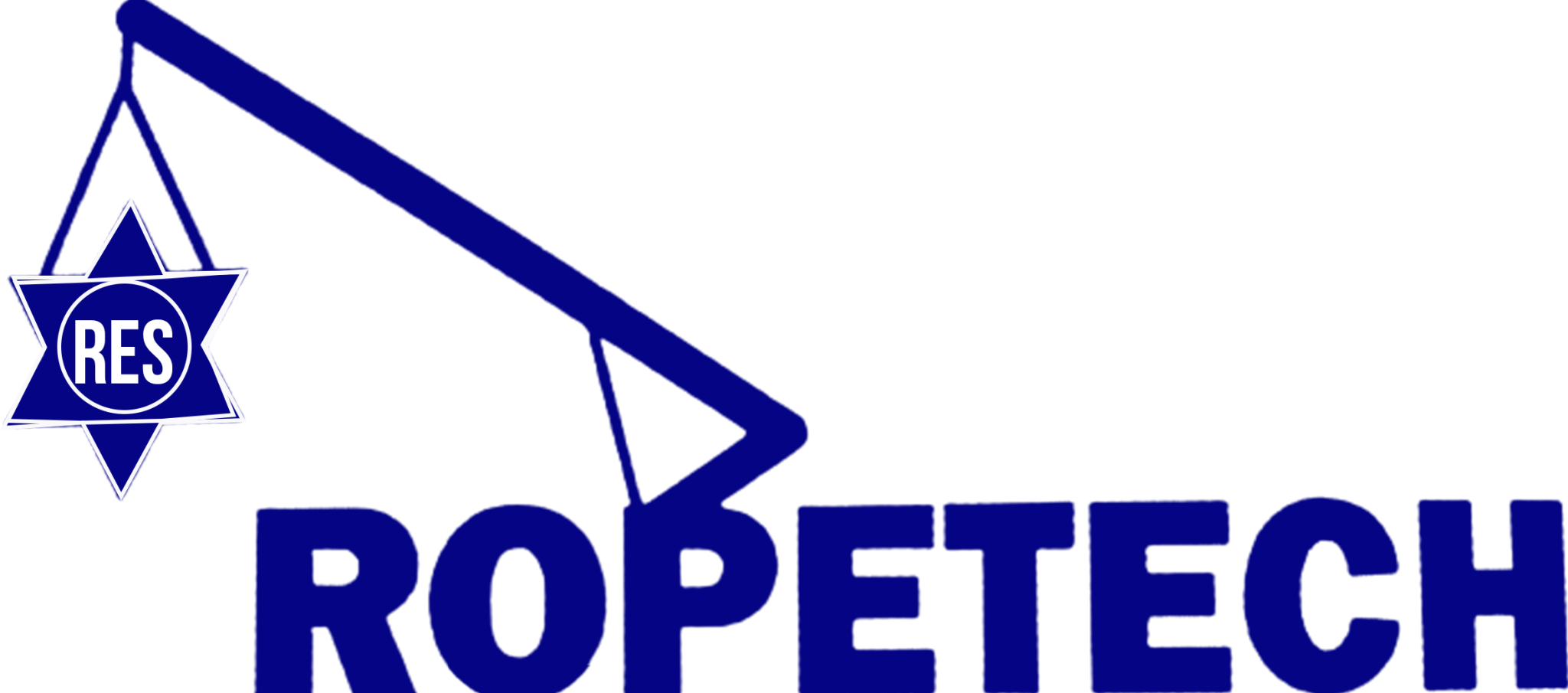
About Course
OBJECTIVE
At the end of this training, delegate shall have the knowledge of:
- Understand the roles and responsibilities of the person in charge of lifting operations.
- Understand how human factors can affect lifting operations.
- Understand common crane operations hazards and how to mitigate them.
- Understand crane basics and types of cranes by functions.
- Understand the principle of crane operations, load chart interpretation, job-site planning, and pre-lift job safety analysis.
- Identify rigging hardware, inspection, and rejection criteria for lifting equipment, slings/hitches, etc.
- Understand the different methods of selection, testing, and application of lifting equipment.
- Understand how to report and certify lifting equipment.
- Understand the principle of hand signals.
Course Content
CHAPTER ONE
-
TERMINOLOGY, STANDARDS, REGULATIONS
CHAPTER TWO
CHAPTER THREE
CHAPTER FOUR
CHAPTER FIVE
CHAPTER SIX
CHAPTER SEVEN
CHAPTER EIGHT
CHAPTER NINE
CHAPTER TEN
CHAPTER ELEVEN
EXAMINATION
Student Ratings & Reviews

No Review Yet

